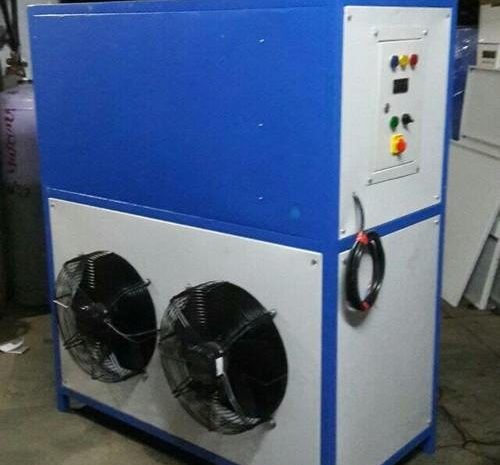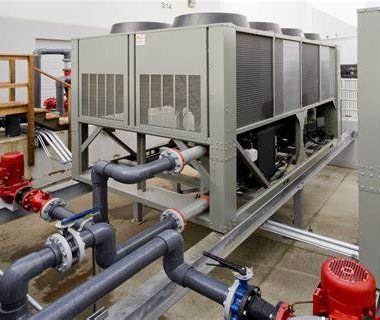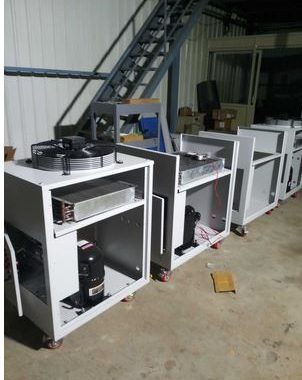Process Explanation Of RO Chiller
Process Explanation Of RO Chiller
An RO water chiller works on the principle of reverse osmosis technology. This is a process that involves the selective removal of impurities, minerals, and other contaminants from water. The RO chiller system continuously recirculates the water through the various stages to maintain the desired temperature and water quality.
The basic working principle of an RO water chiller involves several stages, as follows
Pre-Treatment Stage:
In the first stage, the water is pre-treated to remove any large particles or sediments that could clog or damage the RO membranes. This may involve filtration, sedimentation, or other forms of pre-treatment.
Reverse Osmosis Stage:
In the next stage, the pre-treated water is forced through a semi-permeable membrane that allows only water molecules to pass through while rejecting impurities and minerals. The pressure applied to the water during this stage is higher than the osmotic pressure of the feedwater. It causing water to flow from the concentrated side to the diluted side of the membrane.
Chilling Stage:
Once the water has passed through the RO membrane, it is cooled using a refrigeration system. This helps to remove the heat from the water and transfers it to the refrigerant. The chilled water is then circulated through a heat exchanger, where it absorbs heat from the equipment or process that needs to be cooled.
Post-Treatment Stage:
In the final stage, the chilled water is passed through a post-treatment system to adjust the pH. Also, remove any remaining impurities or minerals, and add any necessary minerals or chemicals for the desired water quality..
Overall, the Process explanation of an RO chiller involves the removal of impurities and minerals from water. This is using reverse osmosis technology as well. Following the cooling of the water using a refrigeration system and the adjustment of water quality through post-treatment.





